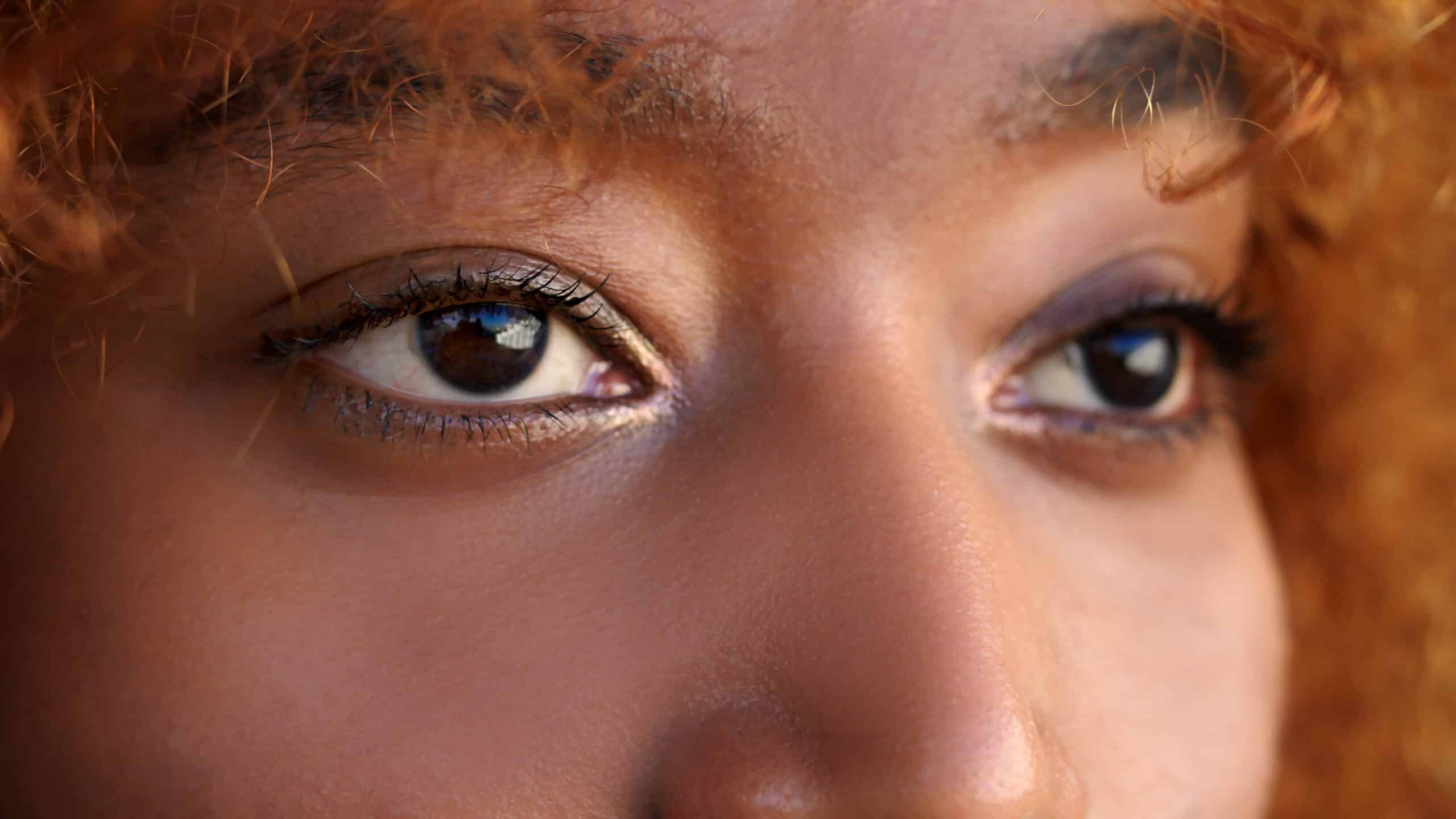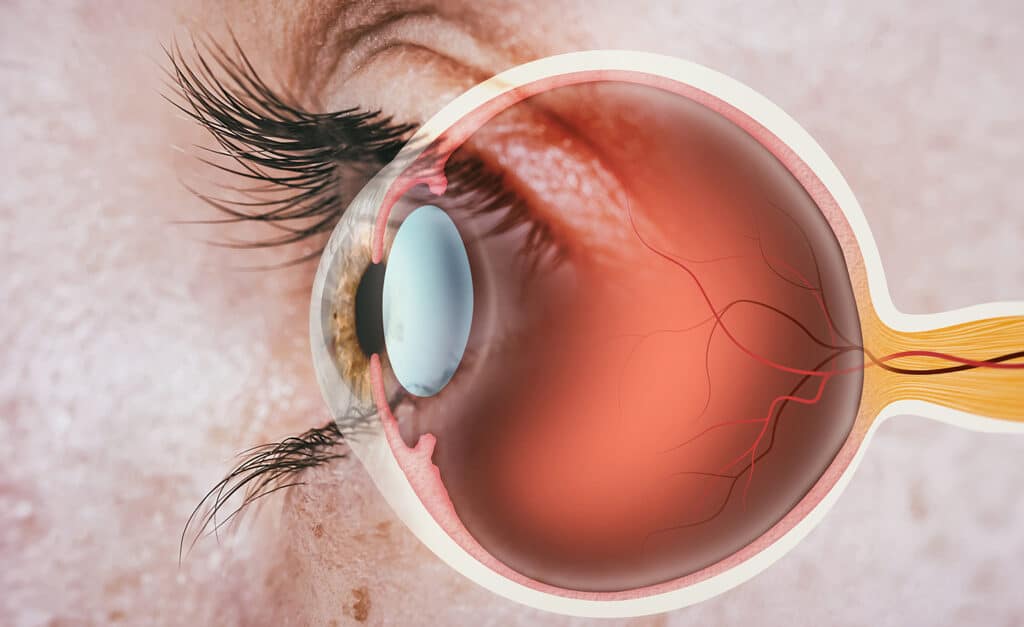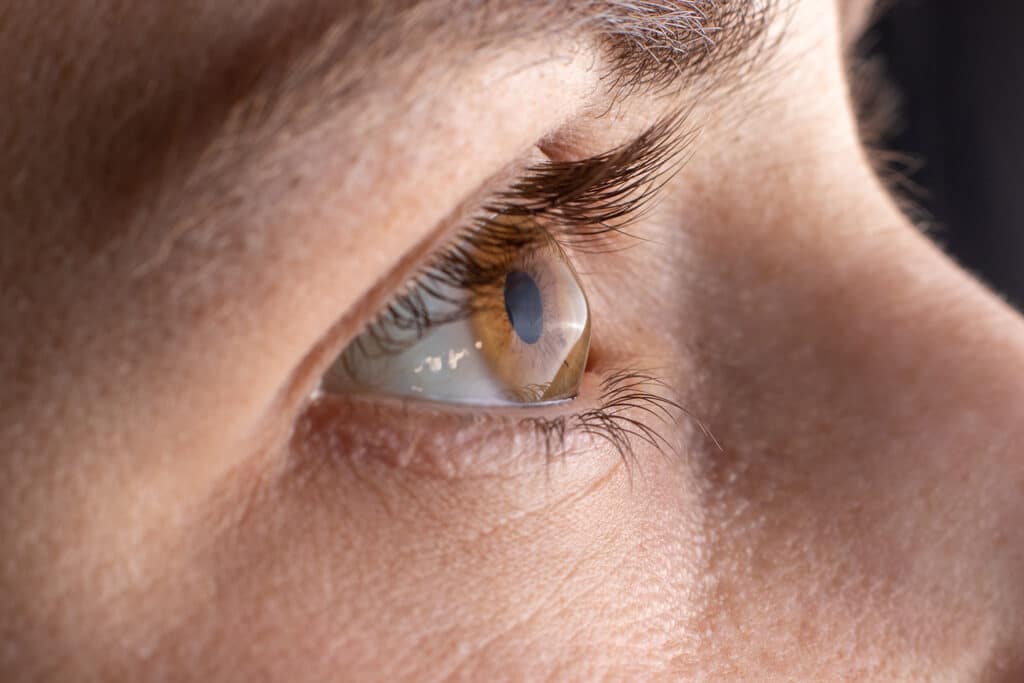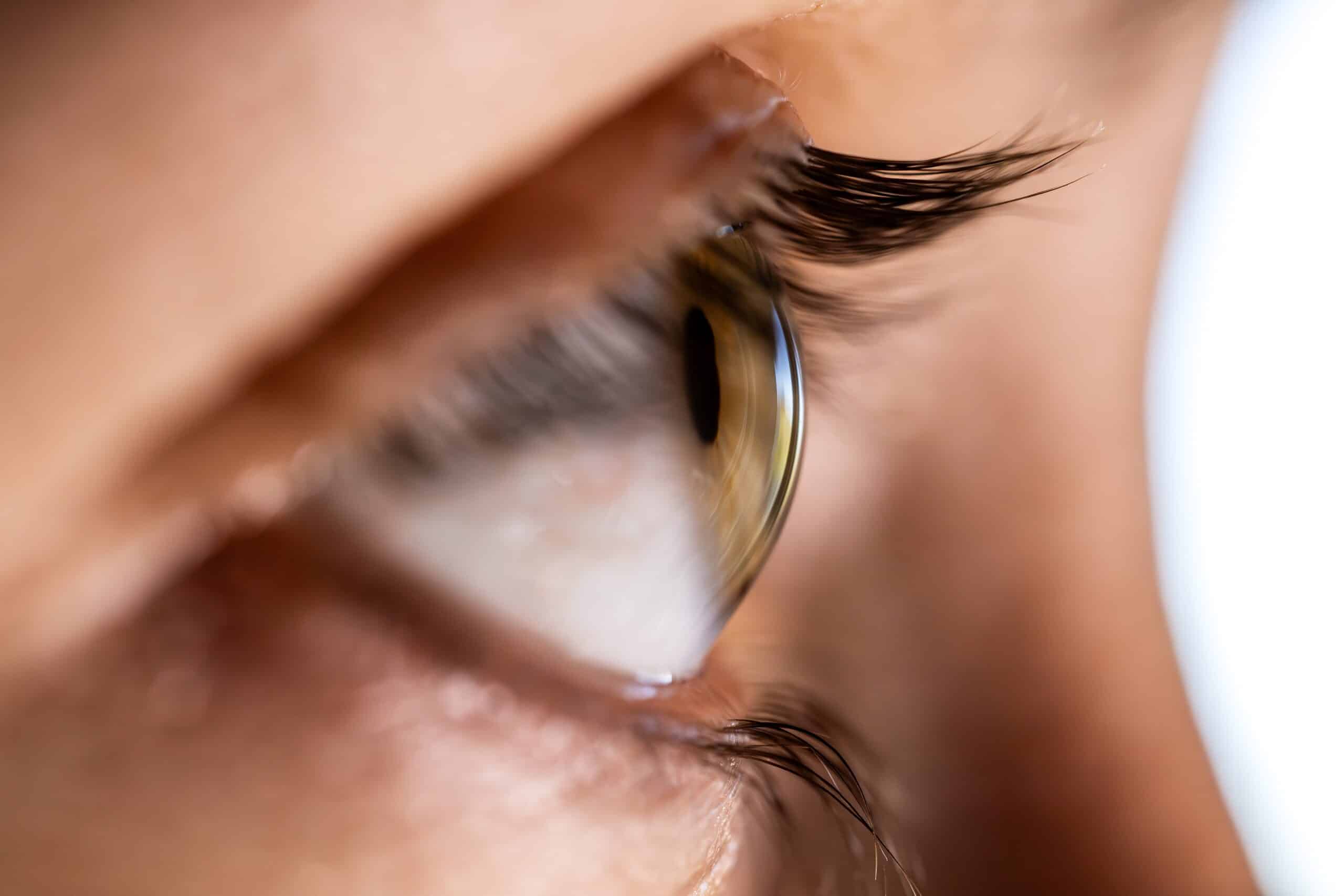
Cornea Treatments
The cornea plays a vital role in your vision, and when it becomes damaged or diseased, it can significantly impact your daily life and overall eye health. At Kirk Eye Center, our experienced team offers a full range of treatment options, from conservative management to advanced surgical interventions, including state-of-the-art partial-thickness corneal transplants (DSAEK and DMEK).
Whether you’re experiencing vision changes, eye discomfort, or have been diagnosed with a corneal condition, we’re here to help you explore your treatment options and find the best path forward for your unique situation.
What is the Cornea?
The cornea is the clear, dome-shaped front layer of your eye that covers the iris, pupil, and anterior chamber. Acting as your eye’s primary focusing element, the cornea is responsible for over 60% of your eye’s total focusing power.
This transparent tissue consists of five distinct layers: the epithelium, Bowman’s layer, stroma, Descemet’s membrane, and endothelium. The cornea must remain perfectly clear and maintain its precise shape to ensure sharp, clear vision. When the cornea becomes damaged, scarred, or diseased, it can significantly impact your vision and overall eye health.

Common Corneal Conditions
Several conditions can affect the cornea and compromise your vision, including:
Fuchs’ Dystrophy
Fuchs’ Dystrophy is a progressive condition where the corneal endothelium gradually deteriorates, causing the cornea to swell and become cloudy. This condition typically affects both eyes and can lead to vision loss if left untreated.
Corneal Edema
Corneal Edema is the accumulation of fluid within the corneal layers, causing thickness, haziness, and reduced vision clarity.
Corneal Scarring
Corneal Scarring can result from infections, injuries, or previous surgeries, creating permanent cloudiness that blocks light from entering the eye properly.
Bullous Keratopathy
Bullous Keratopathy occurs when the corneal endothelium cannot properly regulate fluid, causing painful blisters and swelling on the cornea’s surface. This condition often results from previous eye surgery or injury.
Keratoconus
Keratoconus is a progressive corneal thinning and bulging condition that causes the cornea to develop a cone-like shape instead of its normal dome shape. This irregular shape leads to distorted vision, increased sensitivity to light, and difficulty with night vision. The condition typically begins in the teens or twenties and may progress over time.
Corneal Dystrophies
Corneal dystrophies are inherited conditions that affect the different layers of the cornea. These genetic conditions can cause clouding, deposits, or structural changes within the cornea, leading to vision problems. Some dystrophies progress slowly over time, while others may remain stable for years.
Treatment Options
At Kirk Eye Center, we offer a comprehensive range of treatment options for corneal conditions, tailored to each patient’s specific needs and the severity of their condition.
Non-Surgical Treatments
Non-surgical treatments form the foundation of many corneal treatment plans. These include specialized eye drops to reduce inflammation and control symptoms, medications to manage underlying conditions, and protective treatments such as therapeutic contact lenses or eye shields to promote healing and comfort.
Specialty Contact Lenses
Specialty contact lenses can provide excellent vision correction for many corneal conditions. Scleral lenses, which vault over the cornea and rest on the white part of the eye, can dramatically improve vision for patients with keratoconus or corneal irregularities. Other specialized lens options include rigid gas permeable lenses and hybrid lenses that combine the benefits of both hard and soft lens materials.
Surgical Interventions
Surgical interventions are considered when conservative treatments are insufficient. These range from minor procedures to address specific symptoms to more comprehensive surgical solutions. When corneal damage is severe or progressive, surgical options may provide the best path to restored vision and eye health.

What is a Corneal Transplant?
The skilled team at Kirk Eye Center performs partial-thickness corneal transplants (DSAEK and DMEK) for patients who have corneal disease or injuries. A corneal transplant involves surgically excising the diseased or damaged portion of the cornea and replacing it with a healthy donor sample.
Our expert surgical team utilizes advanced technology to perform the most successful partial-thickness cornea transplant, achieving optimal results.
Who is a Candidate for a Cornea Transplant?
Patients who have been affected by the following symptoms may be candidates for a partial-thickness cornea transplant:
A partial-thickness corneal transplant is often done to treat corneal swelling disorders, including Fuchs’ dystrophy and Bullous keratopathy. Additionally, patients with corneal decompensation following cataract surgery, corneal endothelial dysfunction, or failed previous corneal transplants may benefit from these procedures.
A complete exam will be performed at Kirk Eye Center to determine if you are a candidate for this surgery.

What to Expect After a Cornea Transplant
After your partial-thickness corneal transplant, we will provide detailed post-operative guidelines to ensure proper healing. Following surgery, you should start to notice vision improvements within the first couple of months, with full results developing after about six months.
Patients who undergo DSAEK typically achieve 20/40 vision, while DMEK patients usually attain vision around 20/25. You may be required to attend a series of follow-up appointments at our office to monitor your progress and ensure your ongoing health. The full recovery phase may take several months, but the team at Kirk Eye Center is here to support you every step of the way.
Frequently Asked Questions
Schedule Your Appointment Today
At Kirk Eye Center, we understand that corneal conditions can significantly impact your quality of life and vision. Our experienced team is committed to finding the right treatment for your unique situation, helping you regain clear, comfortable vision through the most advanced techniques available.
Schedule an appointment at Kirk Eye Center at one of our conveniently located Chicago offices to discuss your corneal condition and explore personalized treatment options that can restore your clear, comfortable vision.


